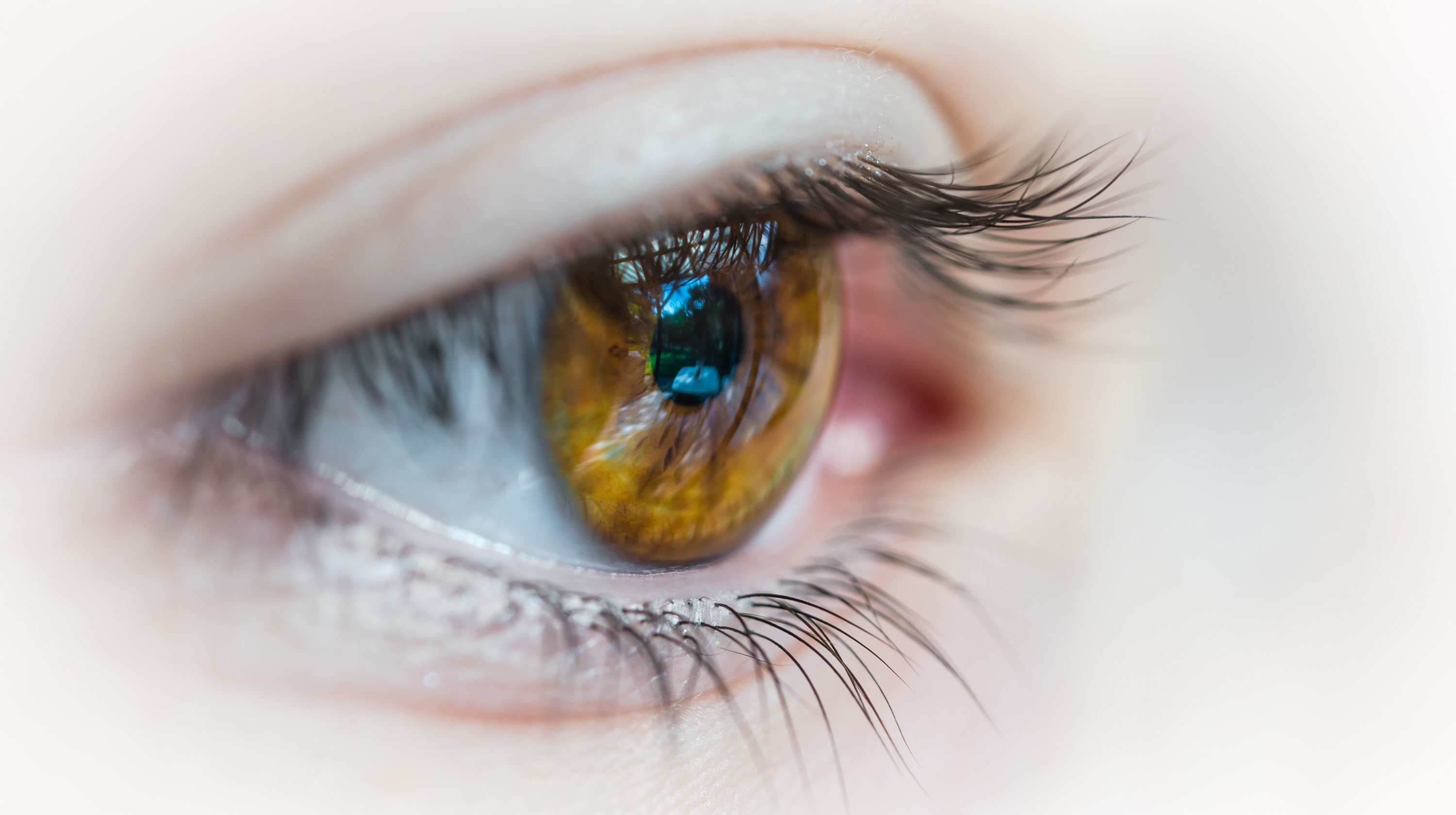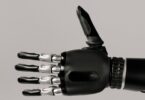The idea of scientists from Canada and Sweden is to regenerate the cornea from within.
The surgical implants of biosynthetic corneas partially restore the sight of certain patients, creating a new type of artificial cornea by inserting a layer of collagen into the eye that causes the patient’s own cells to regrow and restore vision.
Vision depends on the fact that the cornea, the tissue that covers the ocular surface and helps it focus the light, is healthy. The corneas are fragile, and are easily damaged by trauma or infection. Donations are scarce and transplants are not 100% safe due to the risk of rejection.
These implants of synthetic corneas, worked in a first phase study in a very small number of patients from Sweden, the researchers reported. And although larger studies are still needed, the experiment represents a step towards the development of an alternative method of corneal transplantation, a tissue that is scarce all over the world due to the lack of donations.
The new work consists of a bioartificial cornea, an attempt to use the same natural substances from which a real cornea is made to induce healing.
The scientists cultivated collagen in a yeast and molded it as if it were a contact lens. Then, they implanted the structure in patients with severe vision loss. Two years later, their cells had infiltrated the collagen and more than half of them had recovered their sight considerably.
These and other innovations are now possible in Pharmamedic.








